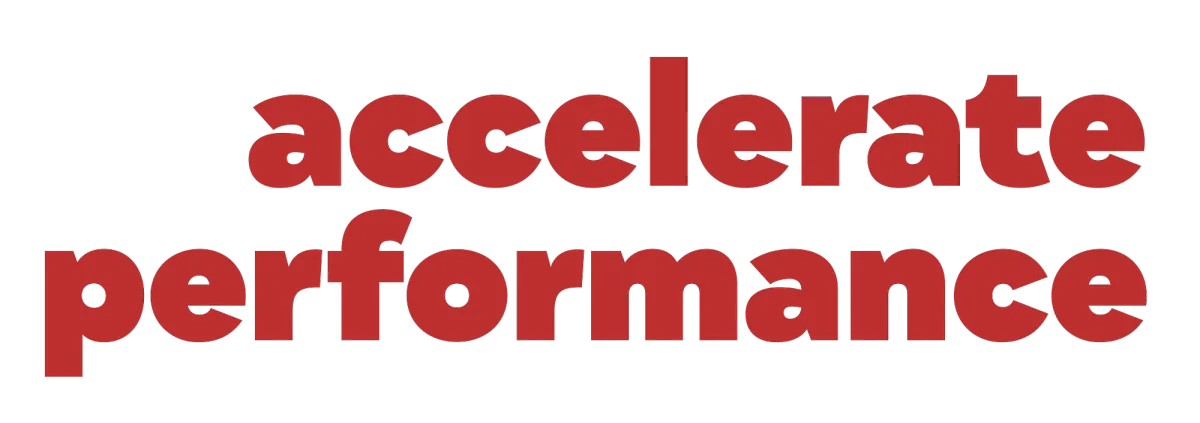ARTICLES

What is a Time Line and how is it useful in Hypnosis
In this post, we’re going to briefly cover timelines. Time Line Therapy is an entire therapy created and copyrighted by Tad James that takes time and skill to master. Using TLT in conjunction with hypnosis can be very useful.
This blog post isn’t intended to make you a Time Line Therapist, and in fact, you can’t use it as something called ‘Time Line Therapy’ without being certified. But having an overview is useful for you to understand so that as you hypnotise clients and embark on change work, you have a sense of how memories are orientated and where they may be anchored.
The principles are simple. The therapeutic protocols are less so. If this is interesting to you, you can learn to become a Time Line Therapy practitioner and combine it with hypnosis.
If I ask you to point to your past and your future, you might indicate that the future is in front and the past is behind. Alternatively, the future is to your right and the past is to your left. You may see these on the diagonal. Whatever your timeline is, that is your timeline. There’s no right or wrong answer. Having said that, I knew someone whose future ran from left to right in front of them in an arc and whose past ran from right to left behind them in an arc. It wasn’t very useful because their future ended up continuing to become their past, and it was a giant loop. If that’s the case, then it’s possible to intervene and re-orientate the time line for them so that it becomes useful. But that is relatively rare. For the most part, people orient from past to future in a straight line.
In Time Line Therapy, the therapist will take the client back to the first time they experienced a negative emotion (anger, sadness, fear, guilt, or hurt) or a limiting belief (or decision) and enable them to dissociate above the time line to remove the feeling or belief associated with it.
It can be used to remove anxiety by taking someone above the time line, past the future event, and then look back at it having successfully completed it. It’s a fantastic way to get rid of apprehension about something that hasn’t happened yet, or a negative set of emotions about something that will happen in the future.
It is also possible to establish a SMART objective in someone’s future by floating above the time line, creating an internal representation of what the client will have achieved, and then dissociating the client from that representation (this is important because it needs to be something that the client still strives for; if the client is associated, it feels like they’ve already achieved!) and allowing the dissociated representation to float down into the time line in the future.
Be aware of how people see the past and future, and remember that the prerequisites for change are:
Clean up the past.
Focus on what’s wanted (future).
Take action.
To be effective with change work means to ensure the past has been cleaned up to put someone in the state necessary to make the changes for the future, and then enable them to create the future.
As we go through this course we’ll look at how to do this with hypnosis. Just make sure you’re fully aware of the timeline that forms the history and future of the people you’re helping.
To find out how Hypnotherapy could help you, or about our Practitioner Training courses, click on the links.

What is a Time Line and how is it useful in Hypnosis
In this post, we’re going to briefly cover timelines. Time Line Therapy is an entire therapy created and copyrighted by Tad James that takes time and skill to master. Using TLT in conjunction with hypnosis can be very useful.
This blog post isn’t intended to make you a Time Line Therapist, and in fact, you can’t use it as something called ‘Time Line Therapy’ without being certified. But having an overview is useful for you to understand so that as you hypnotise clients and embark on change work, you have a sense of how memories are orientated and where they may be anchored.
The principles are simple. The therapeutic protocols are less so. If this is interesting to you, you can learn to become a Time Line Therapy practitioner and combine it with hypnosis.
If I ask you to point to your past and your future, you might indicate that the future is in front and the past is behind. Alternatively, the future is to your right and the past is to your left. You may see these on the diagonal. Whatever your timeline is, that is your timeline. There’s no right or wrong answer. Having said that, I knew someone whose future ran from left to right in front of them in an arc and whose past ran from right to left behind them in an arc. It wasn’t very useful because their future ended up continuing to become their past, and it was a giant loop. If that’s the case, then it’s possible to intervene and re-orientate the time line for them so that it becomes useful. But that is relatively rare. For the most part, people orient from past to future in a straight line.
In Time Line Therapy, the therapist will take the client back to the first time they experienced a negative emotion (anger, sadness, fear, guilt, or hurt) or a limiting belief (or decision) and enable them to dissociate above the time line to remove the feeling or belief associated with it.
It can be used to remove anxiety by taking someone above the time line, past the future event, and then look back at it having successfully completed it. It’s a fantastic way to get rid of apprehension about something that hasn’t happened yet, or a negative set of emotions about something that will happen in the future.
It is also possible to establish a SMART objective in someone’s future by floating above the time line, creating an internal representation of what the client will have achieved, and then dissociating the client from that representation (this is important because it needs to be something that the client still strives for; if the client is associated, it feels like they’ve already achieved!) and allowing the dissociated representation to float down into the time line in the future.
Be aware of how people see the past and future, and remember that the prerequisites for change are:
Clean up the past.
Focus on what’s wanted (future).
Take action.
To be effective with change work means to ensure the past has been cleaned up to put someone in the state necessary to make the changes for the future, and then enable them to create the future.
As we go through this course we’ll look at how to do this with hypnosis. Just make sure you’re fully aware of the timeline that forms the history and future of the people you’re helping.
To find out how Hypnotherapy could help you, or about our Practitioner Training courses, click on the links.
ABOUT
Accelerate Performance is on a mission to provide people with the tools and skills to lead their best life. If you want to undertake training to become an NLP Practitioner or Master Practitioner, or a Hypnotherapist, or you’d like a series of one-to-one Hypnosis, NLP or Time Line Therapy sessions, or could do with some coaching, then we are here to help. Contact us.
© Accelerate Performance (AP) Ltd
CONTACT US
Accelerate Performance (AP) Ltd
Dalton House
Windsor Avenue
Wimbledon
London
SW19 2RR
Tel: 07723 322304
